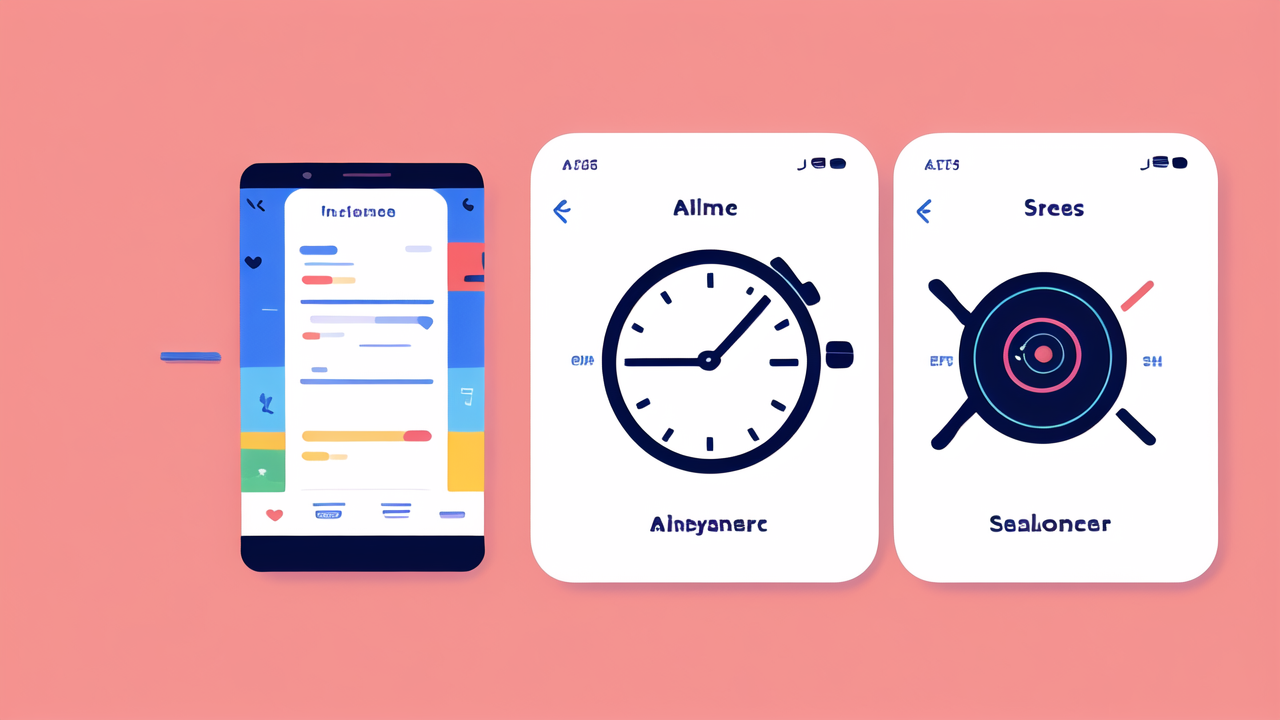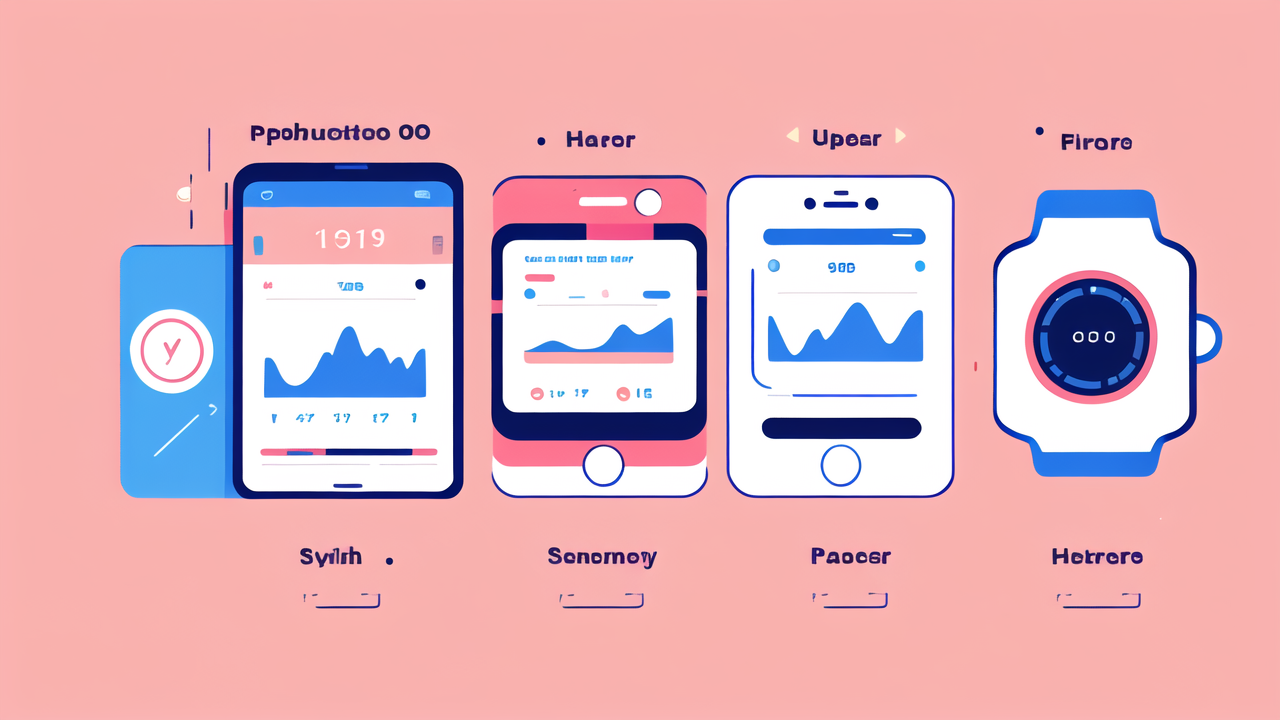Understanding the Evolution of Wearable Technology in the United States
A Brief History of Wearable Technology Trends
Wearable technology has come a long way in the United States. It started with simple pedometers in the 1960s. These devices counted steps and were popular among fitness enthusiasts. In the 1980s, digital watches became common. They offered basic functions like alarms and stopwatches.

The 1990s saw the rise of early smartwatches. These devices could store contacts and run simple apps. However, they were bulky and had limited features. The real breakthrough came in the 2010s with modern smartwatches. Apple Watch and Android Wear devices revolutionized the market.
Today, smartwatches are sleek, powerful, and packed with features. They can track health, make calls, and even pay for purchases. The evolution continues as new technologies emerge.
Major Innovations that Shaped the Wearable Tech Market
Several key innovations have driven the growth of wearable technology:
- Miniaturization of components
- Improved battery life
- Advanced sensors
- Wireless connectivity
- Touch screen interfaces
These advancements allowed for smaller, more powerful devices. Smartwatches can now perform tasks once reserved for smartphones. They can monitor heart rate, track sleep, and even detect falls. GPS integration enables accurate fitness tracking and navigation.
Voice assistants like Siri and Google Assistant have made smartwatches more interactive. Users can control their devices hands-free. This has greatly improved the user experience and expanded functionality.
Current State of Wearable Technology in the U.S.
The wearable technology market in the U.S. is booming. Smartwatches are now mainstream accessories. They're not just for tech enthusiasts anymore. Many people use them for health tracking and convenience.
Apple dominates the market with its Apple Watch series. However, competitors like Samsung and Fitbit are gaining ground. These companies offer a range of devices at different price points. This has made smartwatches accessible to a wider audience.
The focus has shifted from basic timekeeping to health and wellness features. Many users rely on their smartwatches for fitness tracking and heart monitoring. Some devices can even detect irregular heart rhythms.
Key Features of Modern Smart Watches
Integration of AI and Machine Learning
Artificial Intelligence (AI) and Machine Learning (ML) are transforming smartwatches. These technologies make devices smarter and more personalized. They can learn user habits and preferences over time.

AI powers advanced features like:
- Personalized fitness recommendations
- Sleep quality analysis
- Stress level detection
- Intelligent notifications
Machine Learning algorithms can detect patterns in user data. This allows for more accurate health insights and predictions. For example, a smartwatch might predict when you're most likely to feel stressed. It can then suggest relaxation exercises at the right time.
Voice assistants use AI to understand and respond to user commands. They're becoming more natural and context-aware. This makes interacting with smartwatches easier and more intuitive.
Health and Wellness Sensors and Applications
Health monitoring is a key focus of modern smartwatches. Advanced sensors can track various vital signs and activities. Common health features include:
- Heart rate monitoring
- ECG (electrocardiogram) readings
- Blood oxygen level measurement
- Sleep tracking
- Menstrual cycle tracking
These sensors work with specialized apps to provide health insights. Users can track their fitness progress and set goals. Some watches can detect falls and automatically call for help. This makes them valuable for elderly users or those with health concerns.
Wellness applications go beyond physical health. Many smartwatches now offer stress management features. They can guide users through breathing exercises or meditation sessions. Some even track mood and encourage mindfulness.
Design and Wearability Enhancements
Smartwatch design has evolved to balance function and fashion. Early models were often bulky and unattractive. Today's watches are sleek and stylish. Many can pass for traditional timepieces.
Key design improvements include:
- Thinner profiles
- Larger, brighter displays
- Customizable watch faces
- Interchangeable bands
Manufacturers now offer a variety of styles to suit different tastes. There are sporty models for athletes and elegant designs for professionals. This variety has helped broaden the appeal of smartwatches.
Comfort is also a priority. Newer models are lighter and more ergonomic. Many are water-resistant or waterproof. This makes them suitable for swimming and other water activities. The focus on wearability ensures that users can comfortably wear their devices all day.
Market Dynamics and Consumer Behavior
Analyzing the Growth of the Wearable Technology Industry
The wearable technology industry has seen explosive growth in recent years. Smartwatches lead this trend, with sales increasing year over year. Market research shows that the global smartwatch market is expected to grow significantly.

Factors driving this growth include:
- Increasing health awareness
- Technological advancements
- Growing smartphone adoption
- Rising disposable incomes
The COVID-19 pandemic has also boosted interest in health-tracking devices. Many people are more conscious of their well-being. Smartwatches offer a convenient way to monitor health metrics at home.
Competition in the market is fierce. Major tech companies are investing heavily in wearable technology. This competition drives innovation and leads to better products for consumers.
Understanding the Target Consumer Demographic
The target demographic for smartwatches has expanded over time. Initially, early adopters were mostly tech-savvy young adults. Now, the user base is much more diverse.
Key consumer groups include:
- Fitness enthusiasts
- Health-conscious individuals
- Tech-savvy professionals
- Seniors interested in health monitoring
- Fashion-forward consumers
Younger generations, particularly millennials and Gen Z, show high adoption rates. They value the convenience and connectivity smartwatches offer. However, older adults are an emerging market. They appreciate health monitoring features and emergency assistance options.
Price points vary widely, making smartwatches accessible to different income levels. Budget-friendly options have helped expand the market to more cost-conscious consumers.
The Impact of Consumer Feedback on Wearable Tech Innovations
Consumer feedback plays a crucial role in shaping wearable technology. Companies closely monitor user reviews and preferences. This information guides future product development and improvements.
Key areas influenced by consumer feedback include:
- Battery life enhancements
- New health tracking features
- Improved user interfaces
- Enhanced durability and water resistance
- Integration with other smart devices
Users often request longer battery life and more accurate health sensors. In response, manufacturers have developed more efficient components. They've also improved the accuracy of health monitoring features.
Privacy concerns have led to stronger data protection measures. Many users want control over their personal information. Companies now offer more transparent data practices and enhanced security features.
The success of smartwatches depends on meeting consumer needs and expectations. As technology advances, we can expect to see even more innovative features in future devices.




Leave a comment
This site is protected by hCaptcha and the hCaptcha Privacy Policy and Terms of Service apply.